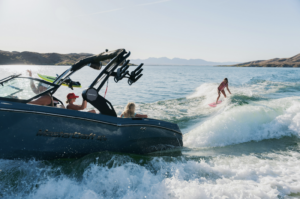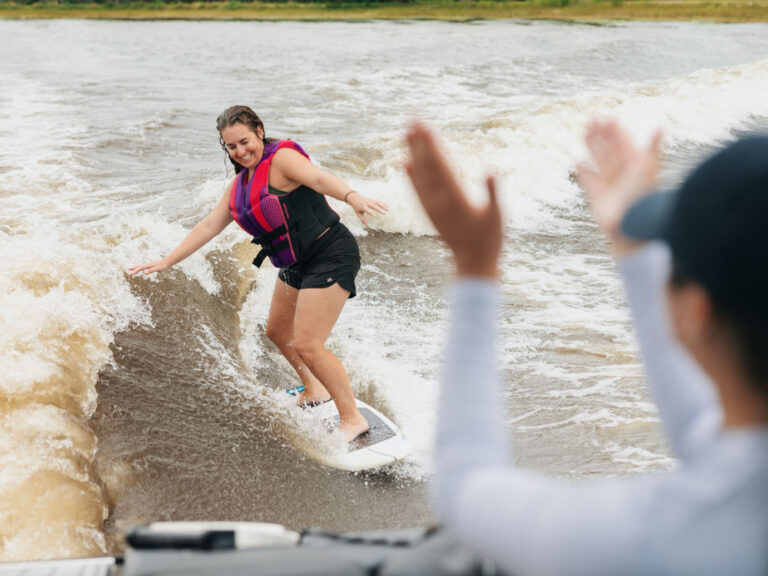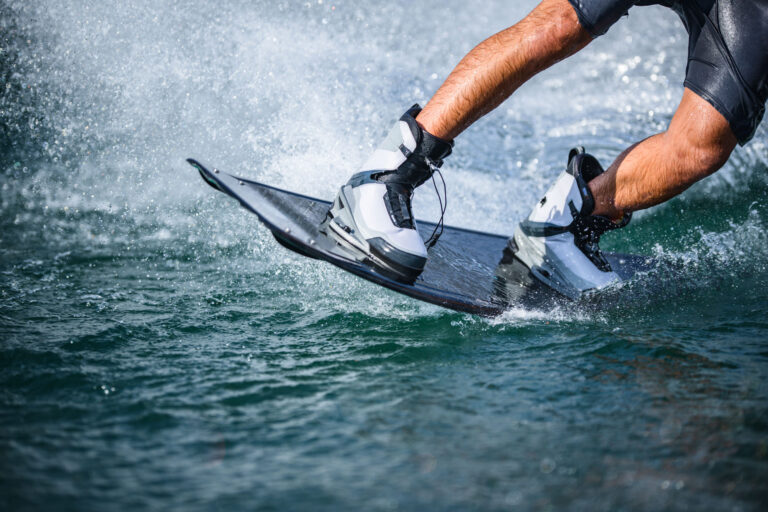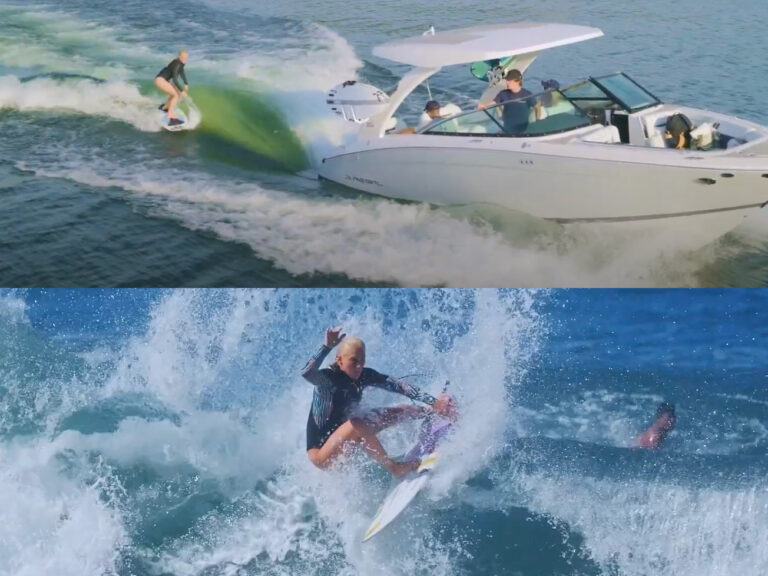A stand-up paddleboard (SUP) is a great addition for anyone who likes to spend time on the water. Whether it’s going for a paddle around your lake, practicing fitness and yoga, or even playing around in the waves, SUPs have many different uses. But for first-time buyers, where do you even begin? There are a lot of options on the market, and for the entry-level buyer, it can be tricky to find the right board.
A couple of things you’ll want to consider are how you’re going to be using your SUP and who is going to be using it. Answering these questions will give you a good starting point for size and shape.
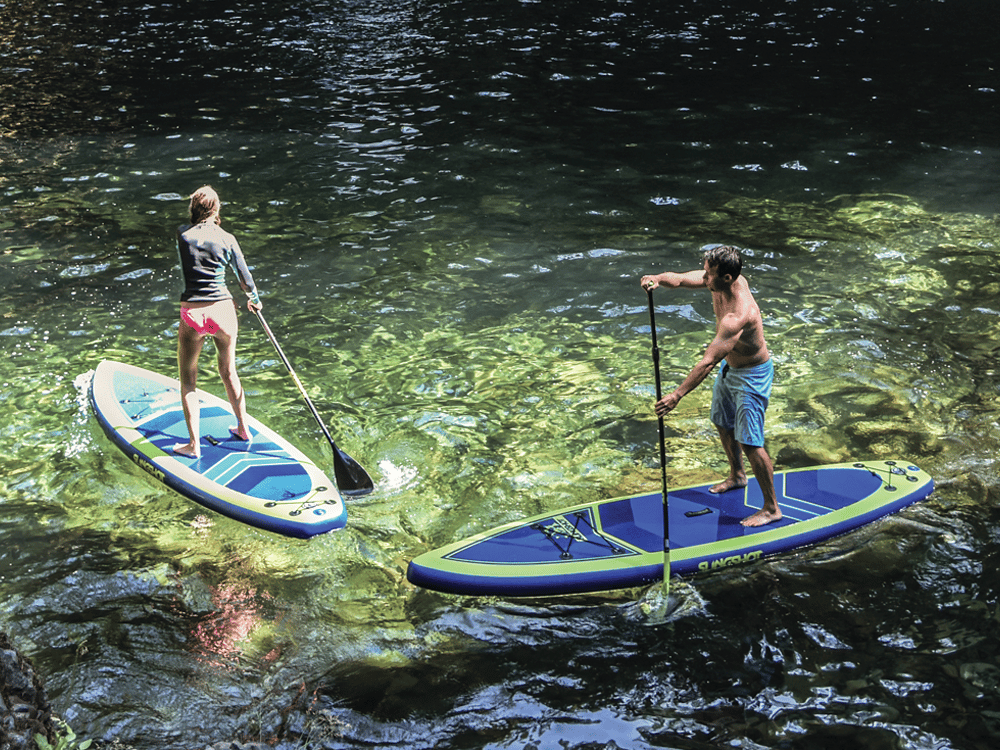
Hull Shapes
There are a couple of basic options for hull shape. A planing hull is flat and wide, similar to a surfboard. It is designed to ride on top of the water and performs well in waves. Many beginners start on boards with planing hulls because they tend to be stable and versatile enough for recreational paddling, exercise and surfing.
Displacement hulls have a pointed nose or bow, similar to that of a boat. A displacement hull slices through the water, improving efficiency. SUPs with displacement hulls are usually longer and narrow, which makes them faster but tippier.
Sizing
When choosing the length, width and volume of your SUP, think about where you want to paddle. Riding waves in the ocean and racing on a calm lake are very different styles of paddleboarding.
Short boards are more maneuverable and great for surfing; they can also be a great option for kids. Medium-length boards in the 9- to 12-foot range are ideal for all-around use on lakes. Longer, narrower boards tend to track straighter and are great if you’re paddling long distances or even racing. Wider boards are stabler and easier to balance on, but have less overall glide speed.
Construction
The next factor to consider is the type of board construction. Most boards are built around an EPS foam core and feature either cut EVA foam decking or a soft-top design. If you have limited storage space or are thinking about traveling with your SUP, consider an inflatable board.
One important note: The U.S. Coast Guard classifies SUPs as vessels (when used outside the narrow limits of swimming or surfing areas), so it is required that you wear a PFD.



